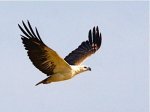Malaysian Raptors Watch
Growing Popularity of Raptors Watch in Malaysia
Malaysian Raptors Watch events, which are held during certain times of the year, are growing in popularity especially amongst bird-watchers and photographers, as well as wildlife watchers, conservationists and nature lovers in the country.
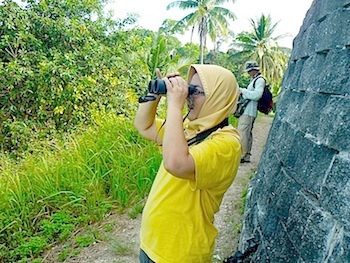 |
These delightful events coincide with the mass migration of thousands of birds of prey from the temperate northern hemisphere countries to locations in the southern hemisphere during their winter months, and then return again to their homes for breeding in summer.
The coastal areas in Peninsular Malaysia and Sabah and Sarawak are the usual stop-overs and transit points for these birds to rest and to find food to restore energy, as they fly southwards during the onset of winter (September to November) and then return northwards in late spring and early summer (March to May).
 |
In Peninsular Malaysia, the Malaysian Nature Society (MNS) has been organising the very popular annual Raptor Watch weekend event at Tanjung Tuan, Melaka, for more than a decade.
Besides the MNS Raptor Watch, there are also the various Raptors Watch held in the states of Sabah, Sarawak and in Langkawi, Penang, which are organised by active local bird interest groups and MNS members at the said locations.
Given their rare (only once or twice a year) occurrences, these events usually receive great response and participation not only from the local birders and general public, but also from avid bird-watchers and photographers from overseas.
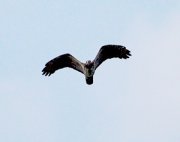 |
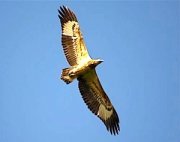 |
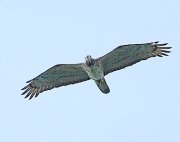 |
MNS Annual Raptor Watch Weekend
The MNS has, since 1999, held an Annual Raptor watch weekend at Tanjung Tuan, Melaka, as one of the ways to promote greater awareness and appreciation of nature and the environment.
What started as a raptors watch by a small group of keen birders of the Society, eventually became an annual wildlife event that is increasingly popular with the general public.
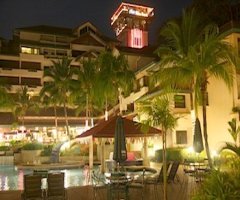 |
 |
It is nowadays usually held at the vicinity of PNB Ilham Resort. Being located just beside the Tanjung Tuan forest reserve, it is the closest hotel for participants and the public to stay for the occasion, although we can find other nearby accommodation in Port Dickson.
Check here for more hotels in Port Dickson.
Other Educational Activities Are Held Too
The event is usually held in the early second quarter of the year (usually in March) to coincide with the yearly migration of birds that had left the cold winter season for warmer countries like Australia and Indonesia, back to their northern hemisphere home countries like China and Japan, where the climate will soon turn warmer.
 |
Besides watching and observing the majestic birds, the MNS Raptor Watch activities and events also normally include forest walks, marine walks and seashore or beach walks to introduce visitors to the diverse natural heritage found at Tanjung Tuan.
For these activities, children and parents are led by experienced and knowledgeable guides who also educate them on the need to preserve and conserve the natural heritage we are blessed with.
During the event we can also find small booths and exhibitions on equipment, like digital cameras, binoculars and digiscopes, for watching and photographing birds, wildlife and nature.
Children, particularly, will be enthralled and kept busy by various activities and games that are usually organised, like art and poster drawings, and story-telling competitions based on raptors and nature themes.
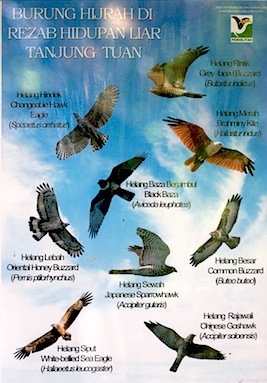 |
The activities will help develop and nurture their knowledge and appreciation of birds, wildlife and nature.
Birds are also one of the key indicators to the health of the environment.
The Malaysian Nature Society, as one of the foremost supporters on conservation of biodiversity and healthy balance of nature, hopes that by having the annual event, the public will be aware of the need to preserve our natural heritage at Tanjung Tuan.
It follows then that hopefully the local community at Tanjung Tuan and the local government will take the necessary steps to ensure that the place will be duly preserved and protected for generations forward.
A Sight To Behold
The main attraction at this MNS Tanjung Tuan Raptors Watch, of course, is the raptors themselves.
The most frequently sighted species at Tanjung Tuan are the oriental honey buzzard, ospreys, black baza, black-shouldered kite, Japanese sparrowhawk, greater spotted eagle, Chinese goshawk and grey-faced buzzard.
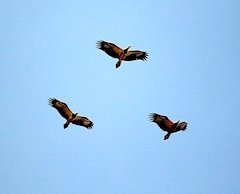 |
It is enthralling to see them in the sky across the Straits of Malacca gracefully circling in groups high up on the thermal streams, coming from the Sumatra island of Indonesia, before they cross over our heads at Tanjung Tuan.
Bring along your binoculars and watch them dance majestically in circles high in the sky, before they flap their wings and gently cruise under the thermal flows and the wind, to cross the straits of water, and seek rest, food and refuge in the forests of Peninsular Malaysia before heading home.
When they come near overhead, we can spot and probably identify the different species of birds in the group.
This is also when avid bird photographers, with their long lens, frantically try to capture the different species of migratory birds to add to their bird photo collections.
Bird Records
The annual official records of migratory birds was started by the MNS in 1999. Then, and in the subsequent 1990's, the numbers recorded were around 20,000 to 30,000 birds. These are, sadly, greatly dwindled numbers from the more than 300,000 raptors usually observed in the 1970's.
 |
All of us, bird and nature lovers, fondly hope and pray that the number will continue to rise higher in the future as evidence that the world's raptors can survive and increase despite human development, especially if greater awareness of the importance of these birds are appreciated by the public.
Come to the Annual Raptor Watch Weekend
Bring your family to the annual raptors watch held by the MNS and other bird societies near your place, so that our children will appreciate the importance not only of birds but also other wildlife and nature, and the role they all play in our lives and environment.
By attending and actively participating, we will learn to appreciate the need to conserve and preserve our environment.
The events hopefully will help foster better understanding of the ways our lives are intertwined inextricably with the lives of other wildlife and nature.
Because we, homo sapiens, are not alone on this Earth.
Enjoy.
|
|
|
|
Return here from Malaysian Raptors Watch to Birds of Malaysia webpage. Return here from Malaysian Raptors Watch to Malaysia Wildlife and Nature home page
|
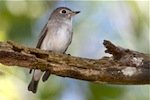 |
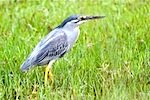 |
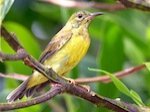 |
 |
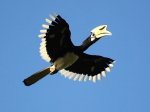 |
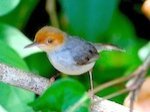 |
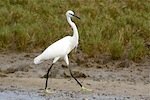 |
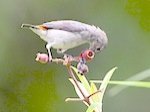 |
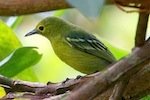 |
|
|
Do they not observe the birds above them, spreading their wings and folding them in? None can uphold them except (God) Most Gracious: truly it is He that watches all things.
|





